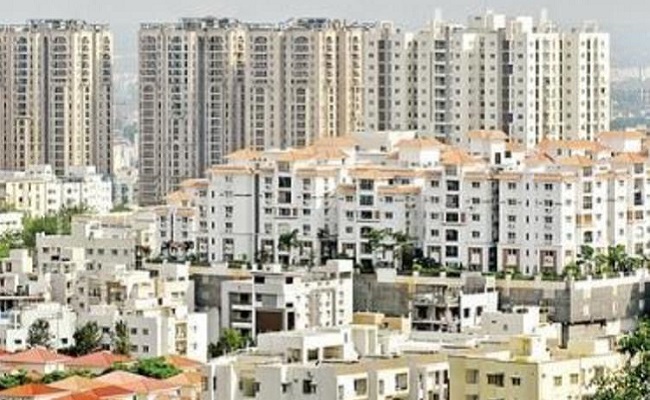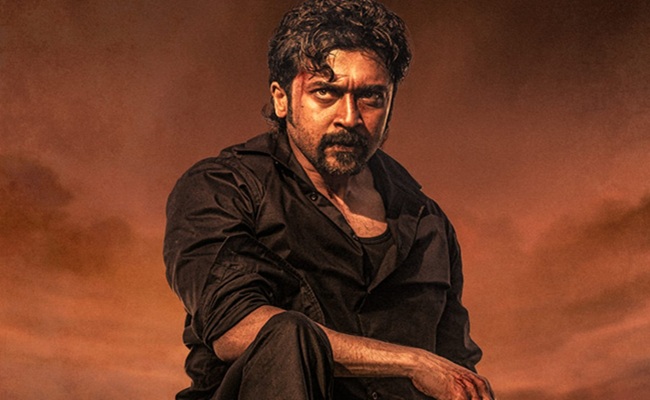
Hyderabad has overtaken Delhi in population density, marking a notable transformation in India's urban landscape.
According to the Telangana Statistical Abstract (ATLAS)-2024, Hyderabad now accommodates a staggering 18,161 people per square kilometre, significantly surpassing Delhi’s 11,313 people per square kilometre.
While Delhi is often synonymous with overcrowding, Hyderabad’s rapid urbanization has led to even denser settlements.
The city's thriving IT sector, cultural vibrancy, and expanding business opportunities have made it a magnet for professionals, students, and entrepreneurs. However, this growth comes with challenges.
Urban planners warn that the rising population density is straining infrastructure, housing, and public services. The escalating demand for resources is pushing the city closer to a critical threshold.
Hyderabad in the Global and National Context
On a global scale, Manila (Philippines) remains the most densely populated city, with a staggering 43,079 people per square kilometre. In India, Mumbai leads with 28,508 people per square kilometre.
Although Hyderabad does not top these charts, its rapid increase in density underscores the urgent need for comprehensive urban planning.
Telangana’s Changing Demographics
While Hyderabad’s population continues to surge, Telangana as a whole is experiencing a demographic shift.
The state's share of the national population is projected to decline by 0.23 percentage points between 2011 and 2031. By 2031, Telangana will see a declining younger population (under 39 years) and a sharp increase in those over 40, particularly in the 80+ age group, which is expected to rise by 80%.
Currently, Telangana has a population of 3.5 crore, spread across 1,12,077 square kilometres, resulting in a relatively low density of 312 people per square kilometre.
Unlike Hyderabad, much of the state remains sparsely populated, ranking among the bottom 10 states in India in terms of population density. This stands in stark contrast to Bihar and West Bengal, where population pressure is far greater.
Looking ahead, Telangana’s population is expected to reach 3.92 crore by 2031, with its share of the national population declining from 2.77% in 2021 to 2.66% in 2031.
The biggest drop will be among children under five, with a 25% decrease expected, while the number of people over 60 is projected to rise by more than 60%, highlighting the challenges of an ageing population.
Economic and Political Implications
Urban planners caution that these demographic shifts could have significant economic and political repercussions. States with slower-growing younger populations, like Telangana, may receive fewer funds and grants for youth-focused programs.
Additionally, a recent caste survey by the planning department estimated Telangana’s population at 3.5 crore, though 16 lakh people were reportedly missing from the count.
ATLAS projections indicate that Scheduled Castes and Scheduled Tribes make up 15.5% (54.09 lakh) and 9.1% (31.77 lakh) of the population, respectively.
Balancing Growth and Sustainability
As Telangana moves forward, it must navigate the dual challenge of managing Hyderabad’s rapid urban expansion while addressing the needs of an ageing population.
The state will need robust policies, sustainable infrastructure, and efficient resource management to ensure balanced growth and long-term sustainability.













